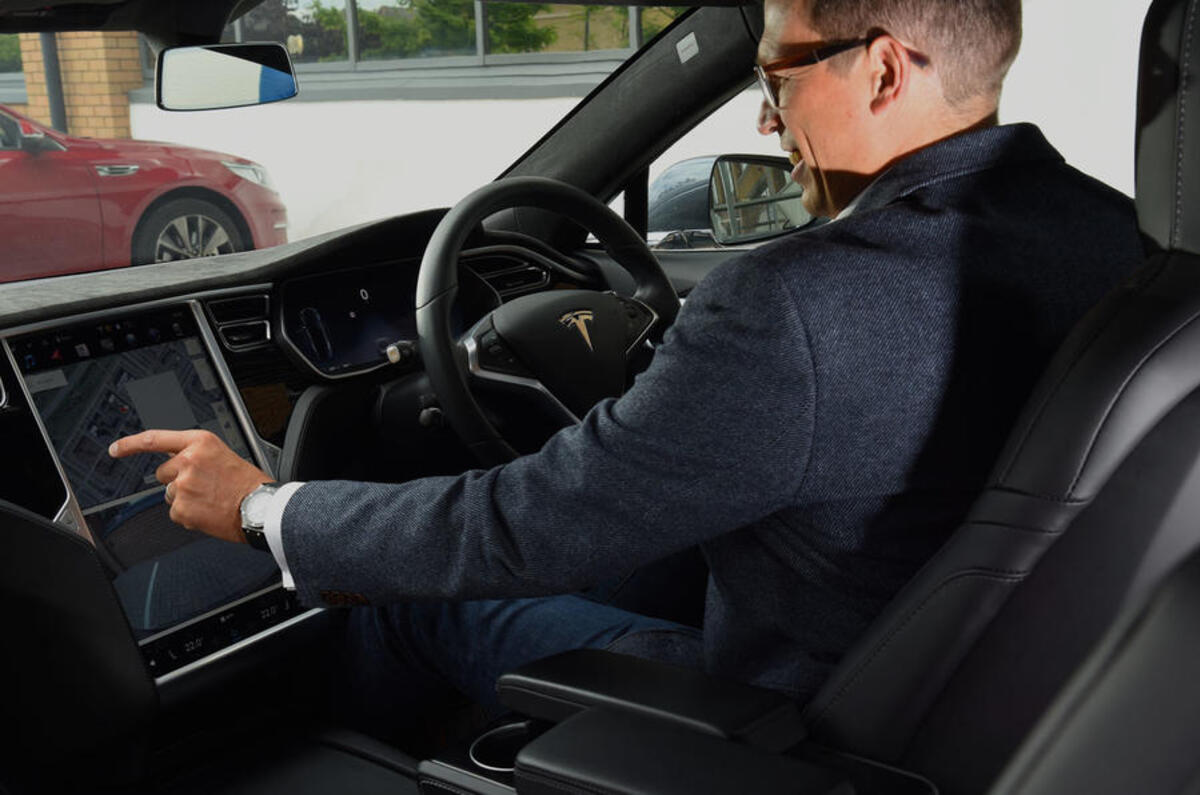Tesla Twitter is an excitable place in the quietest times. And last week it burst into flames when it became apparent that the passenger seat lumbar support on the Model Y and Model 3 had been removed from production vehicles. Like I said, nothing about Tesla is unexamined.
Eventually Elon Musk popped up and confirmed the feature had been dropped, explaining that ‘the logs’ had revealed it was very rarely used. It’s not often discussed, but there’s no reason why a Model 3 wouldn’t upload endless amounts of information via its internet connection, from what radio station the driver is listening to, to the heater use and range of seat adjustments.
A few years ago at a Citroen unveiling in France, Carlos Tavares mentioned that the company had been running car connectivity trials in a large city. I collared him afterwards to ask what the firm had been working on.
He told me one of the experiments with the connected test cars was recording how many times a door is opened and closed each day. They did this by recording the actions of the interior light switch in the door jam.
That was especially interesting because Tavares had been on record as saying work was ongoing to ensure that Peugeot and Citroen cars felt ‘like new’ after five year’s use. Knowing how often a door is slammed shut is the starting point for engineering one that is both solid and cost-effective to make.
While this may all seem a bit big-brother, there’s a lot of hugely useful information that will be gleaned from mass-connectivity. One of the most obvious is that if you are involved in a collision, and the airbags are deployed, a signal is immediately sent to the emergency services.
As Tavares also pointed out, recording ESP modules being triggered on a particular morning could indicate a patch of black ice, allowing hyper-targeted warnings to be sent to other local, connected cars via sat-nav systems. The same with live extreme weather reports, triggered, say, by automatic wipers suddenly flipping to maximum speed on a particular stretch of motorway.




Join the debate
Add your comment
Trouble is, this depends on a mobile signal....good luck with that! We cant even get a reliable 3G let alone 5G signal here in the countryside less than an hour from London. Lived here 30 years and the signal is as bad now as it was when I first moved here.
I bet this also becomes an MOT failure later too.....no ability to update, no MOT pass.
Unecessary complexity, possibly distracting to the driver, and even more reason for drivers to absolve themselves from personal responsibility in making driving decisions. And thats before we even start talking about intrusion into our personal lives and data!
Well, I can see the positives,but can see the extra costs to, will all cars from base to premium be connected?, how many years before connectivity proofs it's worth?